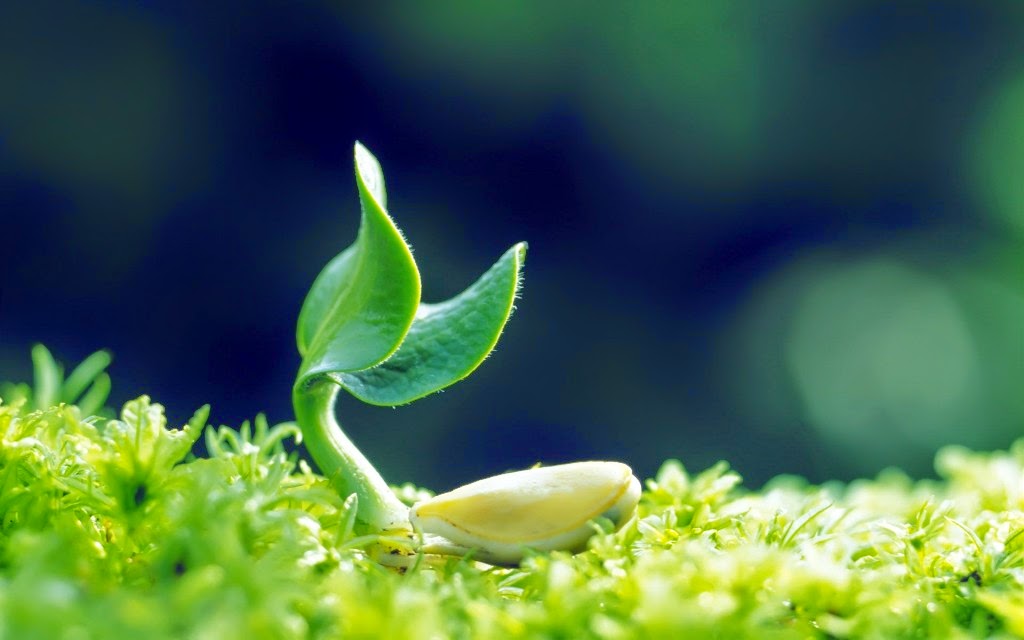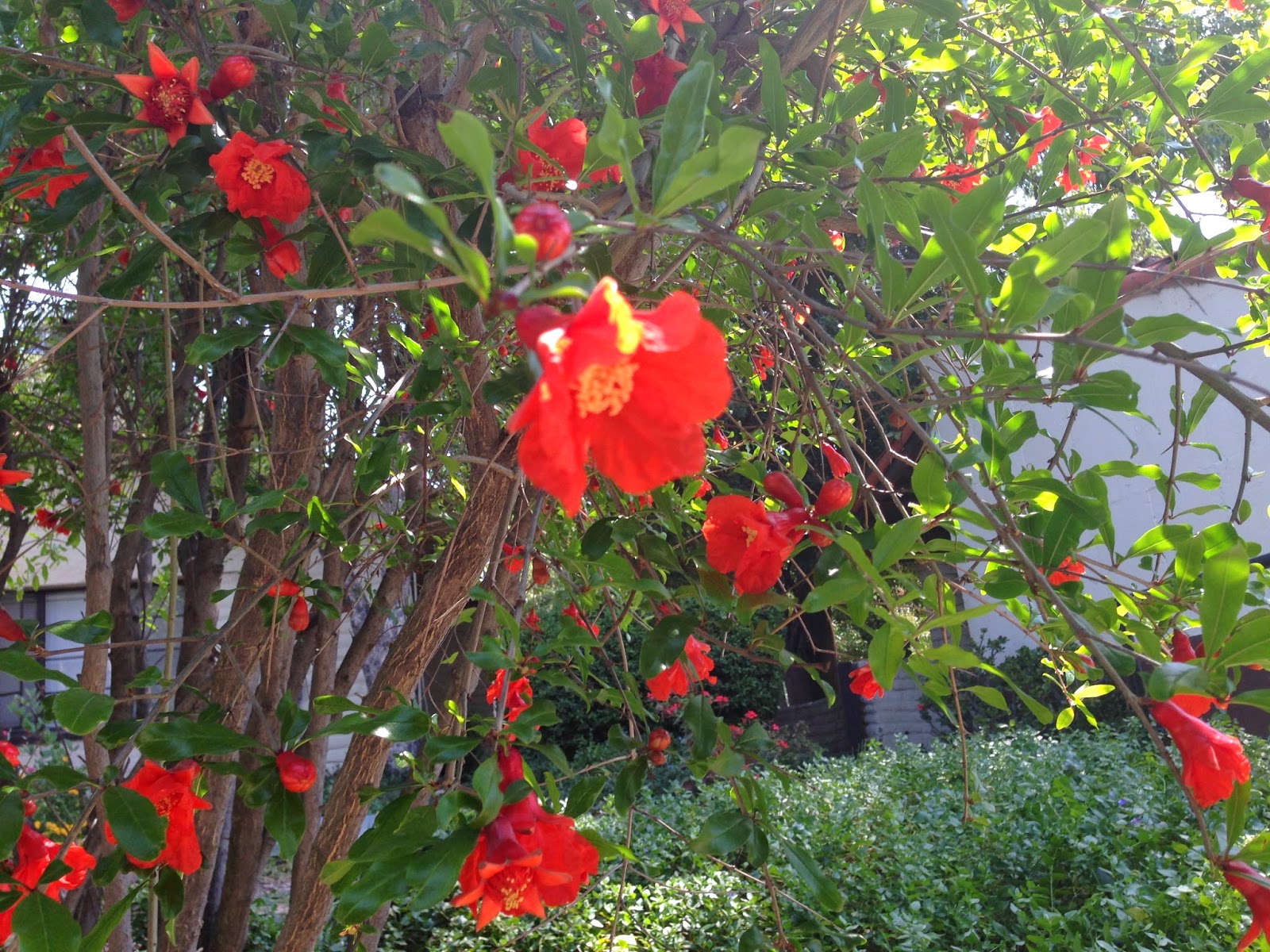Here's the link for the online biology lab for plant transpiration.
Table
 |
| click on the graph for a larger view |
1) Describe the process of transpiration in vascular plants.
The process of transpiration is the evaporation of water in plants through the stomata, which is located on the leaves for most plants.
2) Describe any experimental controls used in the Investigation.
The experimental control is the transpiration rate of the plants in an hour under normal condition (room temperature and STP, without fan, heater or lamp)
3) What environmental factors that you tested increased the rate of transpiration? Was the rate of transpiration increased for all plants tested?
The factors I tested that increased the transpiration rate are wind, heat and light. The increase in wind and heat increased the transpiration rate for all plants, but the light only increased the transpiration rate for arrowhead, coleus, devil's ivy, English ivy and geranium.
4) Did any of the environmental factors (heat, light, or wind) increase the transpiration rate more than the others? Why?
For most plants, the wind increases the transpiration rate more than other factors because the wind will increase the movement of water on the leaves, while reducing the layer of water vapor (boundary layer) on the leaf surface.
5) Which species of plants that you tested had the highest transpiration rates? Why do you think different species of plants transpire at different rates?
Rubber plant has the highest transpiration rates. Different species of plants transpire in different rates because they adapt to different environments through evolution.
6) Suppose you coated the leaves of a plant with petroleum jelly. How would the plant's rate of transpiration be affected?
It would decrease the transpiration rate because the petroleum will prevent the stomata on the leaf from opening and evaporating water.
7) Of what value to a plant is the ability to lose water through transpiration?
Because of its ability of cohesion, the water, while being transferred up through xylem, can also carry nutrients up from the roots. After the water is evaporated, the upper level of plant can absorb the nutrients and grow larger. Also, transpiration can moderate the surrounding temperature of the plant and increase air humidity.
- Andy Liu '15






